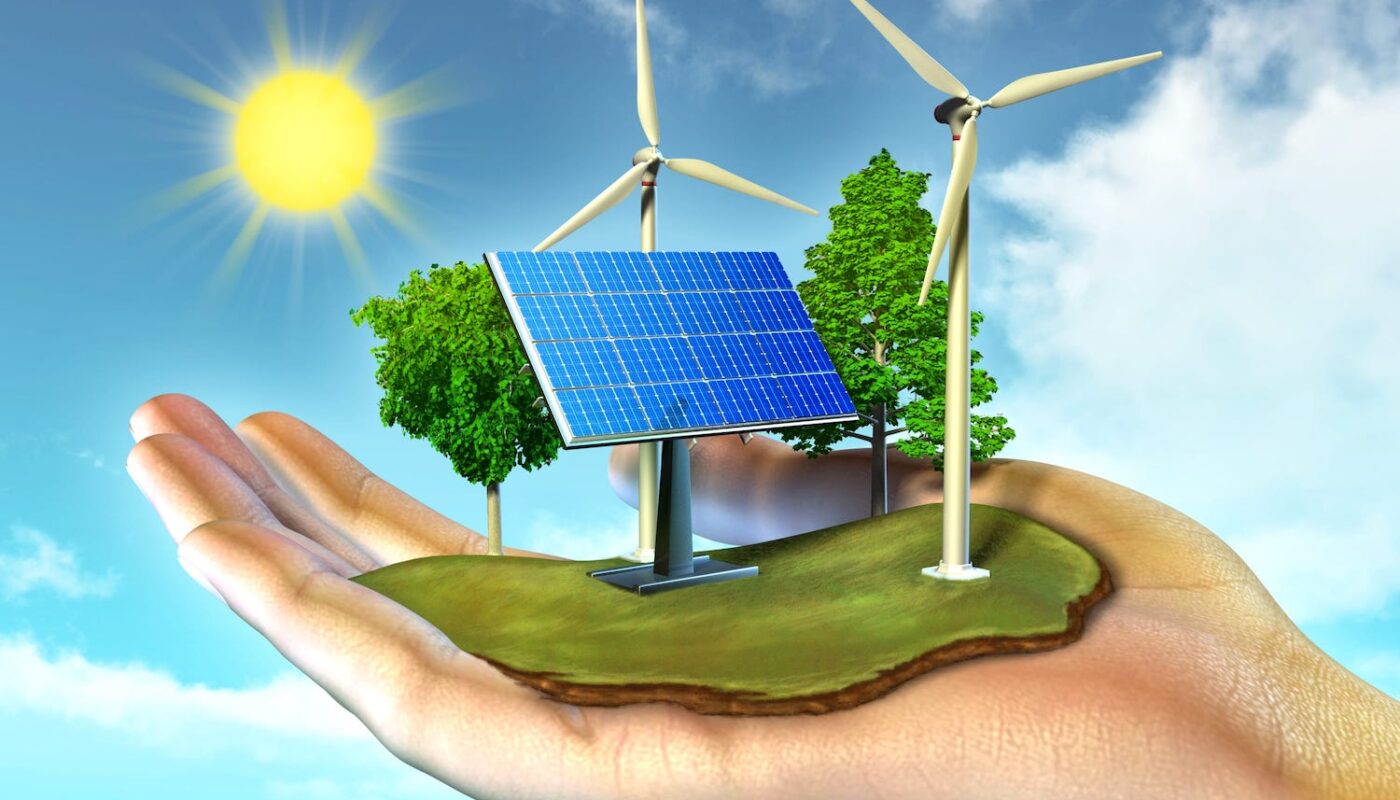Introduction to Energy Harvesting
Energy harvesting, also known as power harvesting or energy scavenging, is the process by which energy is derived from external sources (such as solar power, thermal energy, wind energy, salinity gradients, and kinetic energy), captured and stored for small, wireless autonomous devices, like those used in wearable electronics and wireless sensor networks. The most commonly used energy sources are solar power, thermal energy, kinetic energy from vibrations, and RF. These energy harvesting systems are designed to collect small amounts of available ambient energy and convert it into direct current electricity with the help of energy harvesters or transducers.
Energy Harvesting Techniques
There are various techniques used for harvesting energy from different ambient sources:
Photovoltaic Energy Harvesting
Photovoltaic or solar energy harvesting uses solar cells or photovoltaic panels to convert sunlight directly into electricity. Solar cells are made from semiconducting materials that exhibit the photovoltaic effect – the ability to convert light into electricity. They have been effectively used to power devices like solar calculators, watches and small sensors. Solar energy is predictable and available in most areas on the Earth.
Thermoelectric Energy Harvesting
Thermoelectric Energy Harvesting System utilizes the Seebeck effect to generate voltage when there is a temperature difference between the hot and cold ends of a thermocouple material. This can power devices placed on or near the human body using body heat or devices near engines using waste heat. Thermoelectric generators have been used to recover waste heat from industrial processes, vehicles, and other heat-producing sources.
Triboelectric Energy Harvesting
Triboelectric energy harvesting relies on contact electrification and electrostatic induction to convert mechanical energy into electricity. When two materials are brought into frictional or continuous contact and then separated, they can generate either positive or negative charges on their respective surfaces depending on their position in the triboelectric series. This creates an opposite charge separation and if an external circuit connects both surfaces, the flow of induced electrons can be harvested as direct current. Triboelectric nanogenerators have been widely used as self-powered sensors.
Piezoelectric Energy Harvesting
Piezoelectric energy harvesting uses piezoelectric materials which generate an electric charge in response to applied mechanical stress. Compressing or bending piezoelectric materials produce a proportional voltage. Common piezoelectric materials used are quartz crystals, ceramics, and some natural crystalline materials. Piezoelectric transducers capture energy from vibrations or impacts and have been used to power sensors from human motion, machines vibrations, and acoustic noise.
Electromagnetic Energy Harvesting
Electromagnetic energy harvesting employs Faraday’s law of induction which states that a time-varying magnetic field passing through a loop of conductive material will induce an electromotive force or voltage across the loop. EM harvesters use a coil and magnet to create an oscillating electromagnetic field from kinetic energy. They have been successfully used to scavenge energy from human motions and mechanical vibrations.
RF Energy Harvesting
RF energy harvesting involves the use of antenna to capture ambient RF signals from sources like Wi-Fi, Bluetooth, cellular networks and convert them to electricity. This is done by rectifying the AC signal induced by the antenna. Passive RF tags operate entirely on harvested energy from reader signals in RFID technology. RF harvesters have found applications in powering wireless sensor nodes.
Challenges and Limitations in Energy Harvesting
While energy harvesting provides a sustainable way to power wireless devices independently, there are some challenges that need to be addressed:
– Intermittent and unreliable ambient energy sources – Solar, thermal, vibration sources are fluctuating in nature depending on environmental conditions. This makes extracted power levels unpredictable.
– Low energy densities of most ambient sources – Sources usually provide microwatts to few milliwatts of power requiring efficient conversion and optimized storage systems.
– Optimal transducer designs for high conversion efficiencies – Transducers to effectively capture and convert ambient energy with minimal losses need continuous research.
– Energy storage solutions – As harvested power is intermittent, it needs efficient storage like batteries or supercapacitors to provide regulated supply to electronic loads.
– System self-powered operation – Complete untethered energy harvesting system including transducer, regulator and storage to run the wireless devices self-sufficiently still requires more innovations.
– Size, weight and costs constraints – Miniaturization of all components within size and cost limitations of applications.
Applications of Energy Harvesting
Despite the technical challenges, energy harvesting has enabled the rapid growth of self-powered wireless autonomous systems with broad applications:
– Remote wireless sensor networks – For environment, agriculture, infrastructure monitoring in hard to reach areas.
– Wearable electronics – Powering smartwatches, health monitors via body motion, heat.
– Industrial IoT – Vibration energy harvesting in machines for predictive maintenance.
– Smart homes – Light switches, door sensors powered by motion without batteries.
– Transportation sector – Powering tire pressure sensors, fuel gauges in vehicles using vibration energy.
– Military – Battlefield sensors, communication devices self-powered from ambient sources.
– Space applications – Satellite sensors harnessing solar/thermal energy in outer space.
– Consumer electronics – Charging smartphones, tablets through human motion interfaces.
Energy harvesting is expected to revolutionize self-powered IoT systems. Advancements in new transducers, efficient power management circuits, smaller/flexible energy storage will drive the technology towards untethered long term operation. Integrating multi-source energy harvesters will provide reliable power even during energy fluctuations. Biomimetic harvesters inspired from plants and animals energy collection mechanisms hold promise. Continued research coupled with mass manufacturing can make energy harvesting ubiquitous enabling vast autonomous wireless sensor networks needed for smart infrastructure development globally.
*Note:
1. Source: Coherent Market Insights, Public sources, Desk research
2. We have leveraged AI tools to mine information and compile it



